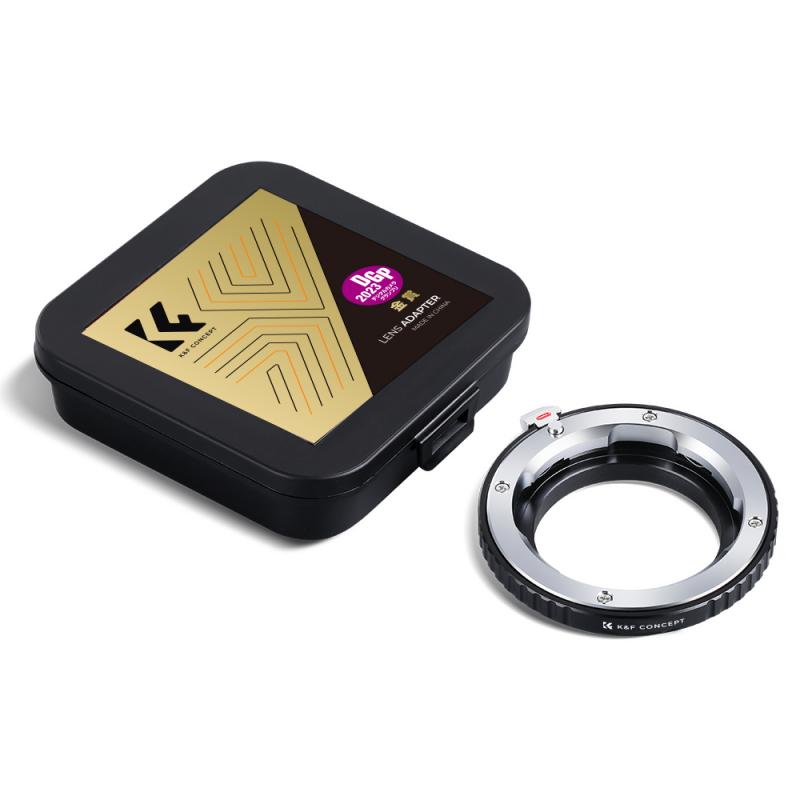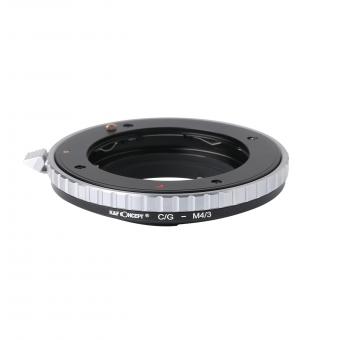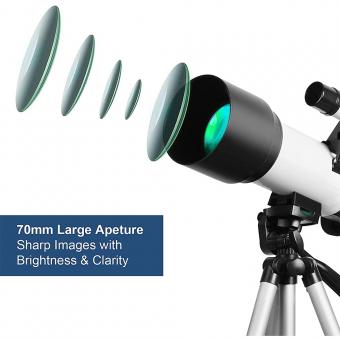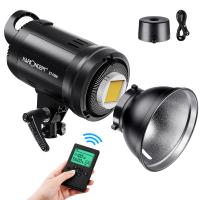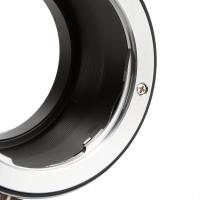How To Find My Wifi Camera Ip Address ?
To find the IP address of your Wi-Fi camera, you can follow these steps:
1. Connect your camera to your Wi-Fi network.
2. Check the user manual or documentation that came with your camera. It may provide instructions on how to find the IP address.
3. Use the camera's software or mobile app to access the camera's settings. Look for a network or Wi-Fi settings section where you can find the IP address.
4. If you are unable to find the IP address through the camera's software, you can try accessing your router's settings. Most routers have a web interface that you can access by typing the router's IP address into a web browser. Once logged in, look for a list of connected devices or a DHCP client list. Your camera's IP address should be listed there.
Remember that the exact steps may vary depending on the make and model of your camera. It's always a good idea to consult the camera's user manual or contact the manufacturer for specific instructions.
1、 Accessing the router settings to find the camera's IP address
To find the IP address of your WiFi camera, you can follow these steps:
1. Accessing the router settings: Connect your computer or smartphone to the same WiFi network as your camera. Open a web browser and enter the IP address of your router in the address bar. This IP address is usually printed on the router itself or can be found in the user manual. Press Enter to access the router settings.
2. Logging in to the router: You will be prompted to enter a username and password to log in to the router settings. If you haven't changed these credentials, you can find the default username and password in the router's user manual or on the manufacturer's website. Enter the login details and click on the Login or Submit button.
3. Finding the camera's IP address: Once you are logged in to the router settings, look for a section called "Connected Devices," "DHCP Client List," or something similar. This section will display a list of all devices connected to the router, including your WiFi camera. Look for the camera's name or MAC address in the list and note down the corresponding IP address.
It's important to note that the steps may vary slightly depending on the router model and firmware version. If you are unable to find the camera's IP address using the router settings, you can also try using a network scanning tool or the camera's software or mobile app to locate the IP address.
In recent years, some WiFi cameras have introduced alternative methods for finding the IP address. These methods may include using a mobile app provided by the camera manufacturer or using a QR code scanner to scan a code on the camera itself. It's recommended to consult the camera's user manual or the manufacturer's website for specific instructions on finding the IP address using these methods.
Remember to keep your camera's firmware up to date and change the default login credentials to ensure the security of your WiFi camera and network.
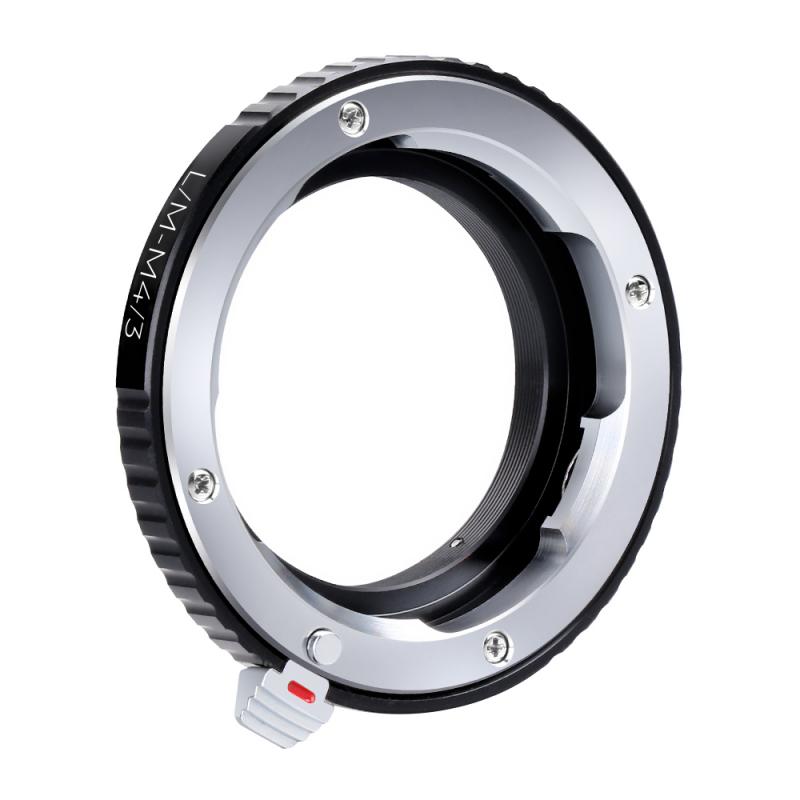
2、 Using the camera's software or mobile app to locate the IP address
To find the IP address of your WiFi camera, you can use the camera's software or mobile app. Here's how you can do it:
1. Install the camera's software or mobile app: Most WiFi cameras come with their own software or mobile app that allows you to access and control the camera. Install the software or app on your computer or smartphone.
2. Connect to the camera: Make sure your camera is connected to the same WiFi network as your computer or smartphone. Open the software or app and look for an option to connect to the camera.
3. Access the camera settings: Once connected, navigate to the camera settings within the software or app. Look for an option that displays the camera's IP address. It may be listed under network settings or device information.
4. Note down the IP address: Once you locate the IP address, write it down for future reference. You can use this IP address to access the camera's live feed or make any necessary configuration changes.
It's important to note that the steps may vary slightly depending on the camera's brand and model. If you're unable to find the IP address using the camera's software or app, you can also try accessing your router's admin panel to locate the connected devices and find the camera's IP address from there.
Additionally, some newer WiFi cameras come with features like automatic IP address assignment or QR code scanning for easy setup. In such cases, refer to the camera's user manual or manufacturer's website for specific instructions on finding the IP address.
Remember to keep your camera's software and firmware up to date to ensure optimal performance and security.

3、 Checking the camera's documentation or manufacturer's website for instructions
To find the IP address of your WiFi camera, you can follow a few different methods. One of the easiest ways is to check the camera's documentation or the manufacturer's website for instructions specific to your camera model. The documentation usually provides step-by-step guidance on how to access the camera's settings and find its IP address.
However, if you don't have access to the documentation or the manufacturer's website, you can try the following steps:
1. Connect the camera to your WiFi network: Ensure that the camera is properly connected to your WiFi network. This can usually be done by following the instructions provided with the camera.
2. Use a network scanning tool: You can use a network scanning tool like Advanced IP Scanner or Fing to scan your network and identify the IP addresses of all connected devices. These tools will display a list of devices along with their IP addresses, making it easier to locate your camera.
3. Check your router's admin panel: Access your router's admin panel by typing its IP address into a web browser. Look for a list of connected devices or a section dedicated to DHCP clients. Your camera should be listed there along with its IP address.
4. Use a camera discovery tool: Some camera manufacturers provide software tools that can automatically detect and display the IP address of their cameras on your network. Check the manufacturer's website for any available tools.
It's important to note that the latest point of view may vary depending on the specific camera model and manufacturer. Therefore, it's always recommended to refer to the camera's documentation or the manufacturer's website for the most accurate and up-to-date instructions.
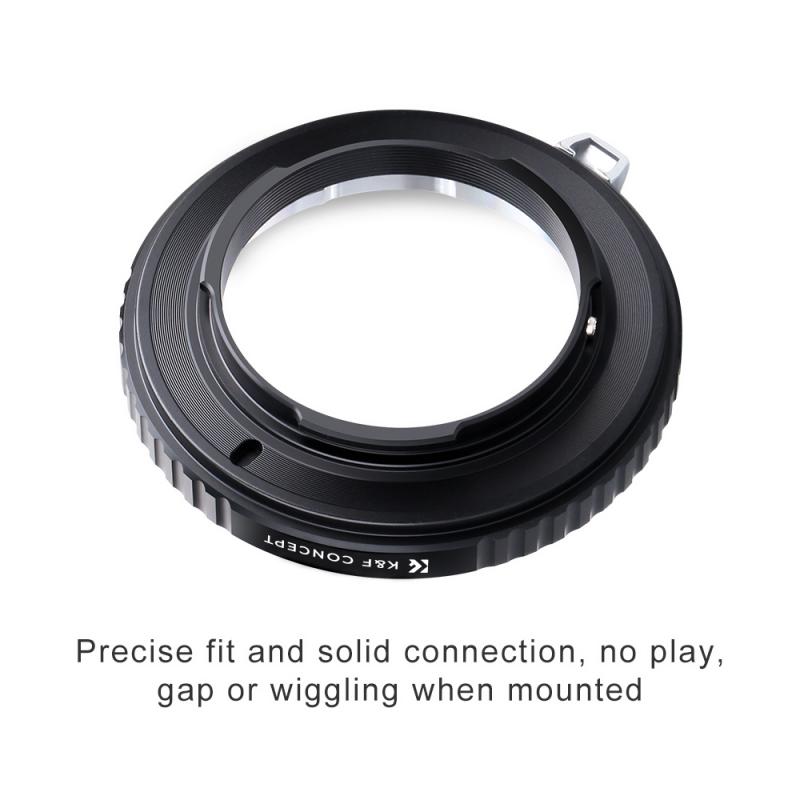
4、 Utilizing network scanning tools to identify the camera's IP address
To find the IP address of your WiFi camera, you can utilize network scanning tools that are available for both computers and mobile devices. These tools help you identify all the devices connected to your network, including your camera.
One popular network scanning tool is Advanced IP Scanner, which is available for Windows. After installing and running the software, it will scan your network and display a list of all connected devices along with their IP addresses. Look for the device that corresponds to your camera and note down its IP address.
For Mac users, you can use the built-in Network Utility tool. Open the tool, go to the "Scan" tab, and enter your network's IP range. The tool will then scan your network and display a list of connected devices, including your camera.
On mobile devices, there are various network scanning apps available for both iOS and Android. Examples include Fing, IP Scanner, and Network Analyzer. These apps work similarly to the desktop tools, allowing you to scan your network and identify the IP address of your camera.
It's important to note that the process of finding the IP address of your WiFi camera may vary depending on the camera model and the network setup. Some cameras may have a dedicated mobile app or web interface that provides the IP address information. Additionally, if your camera supports DHCP, it will automatically obtain an IP address from your router, and you can check your router's DHCP client list to find the camera's IP address.
Always refer to the camera's user manual or manufacturer's website for specific instructions on finding the IP address of your WiFi camera.
